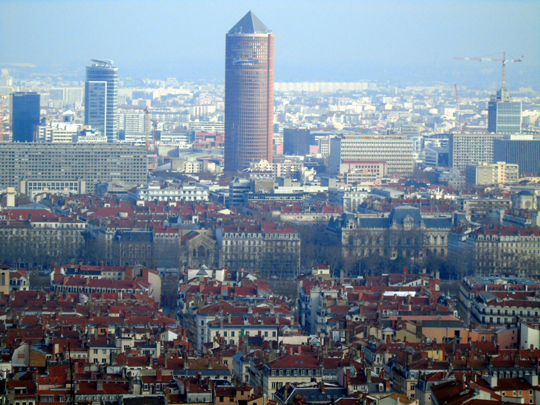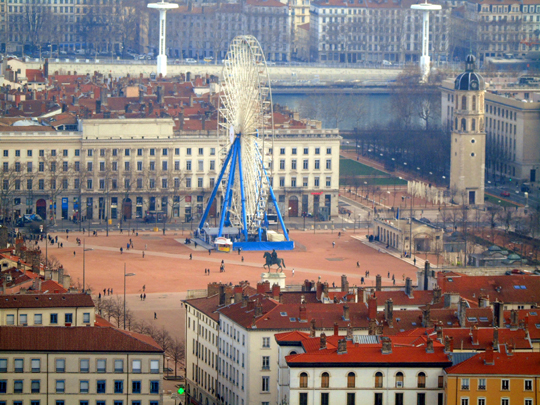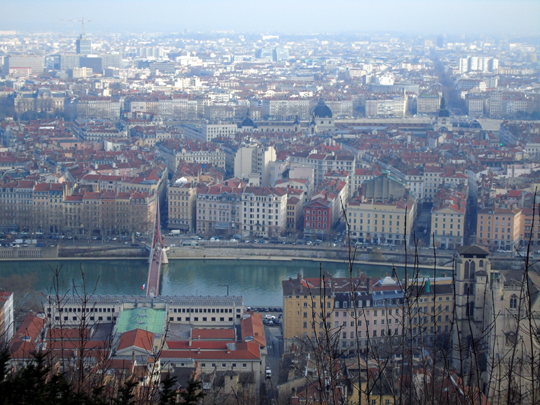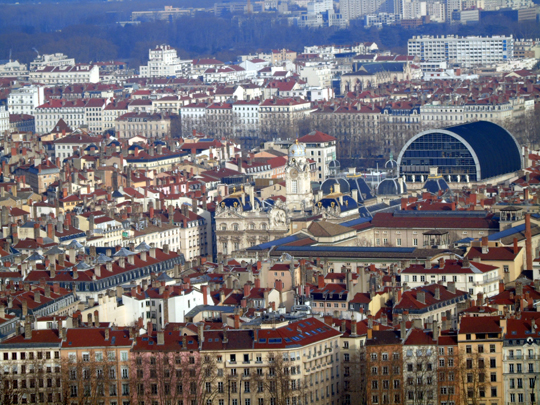Though it’s France’s second largest metro area, it was only after many years of travelling to France that I ever visited there. I was missing out because Lyon has so much to offer. Situated at the confluence of two rivers, it is steeped in history from major architectural remnants of the Roman Empire and medieval trade to the birthplace of cinema. It is full of grand buildings on the hilltops and many bustling squares and parks. (2020)
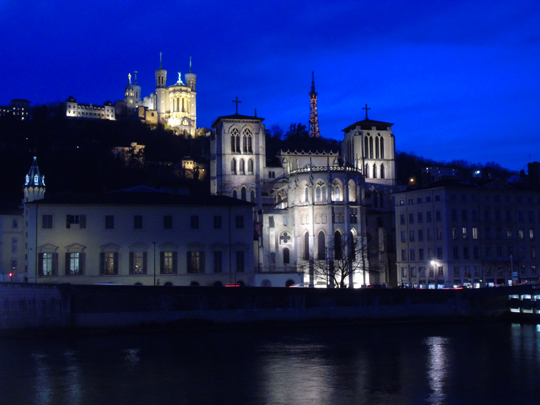
The Basilica Notre Dame de Fourviere dominates the hilltop while the Cathedral Saint Jean Baptiste sits prominently on the river bank below
Place Bellecour is at the heart of Lyon and is among the largest public squares in France
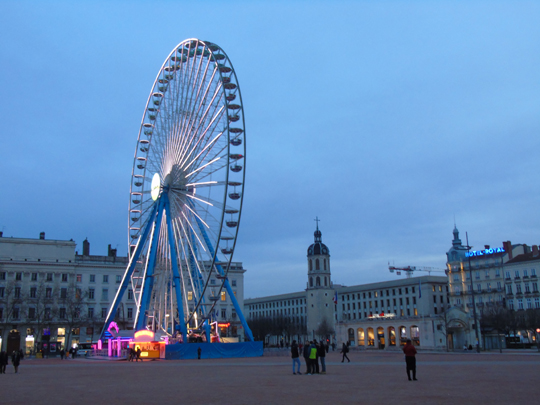
Views of the Saône
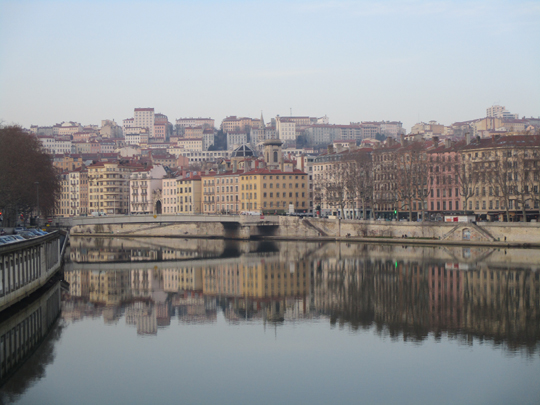
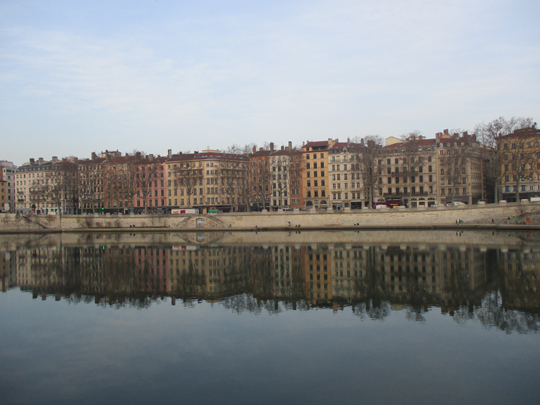
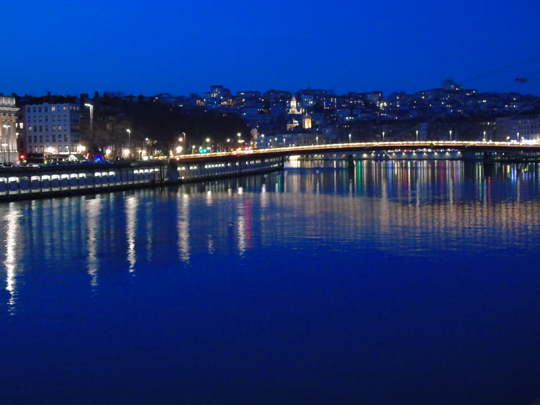
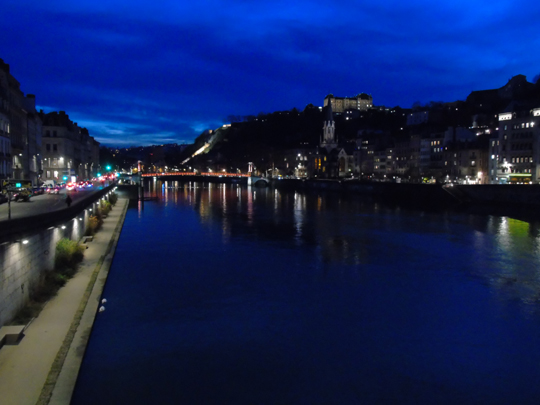
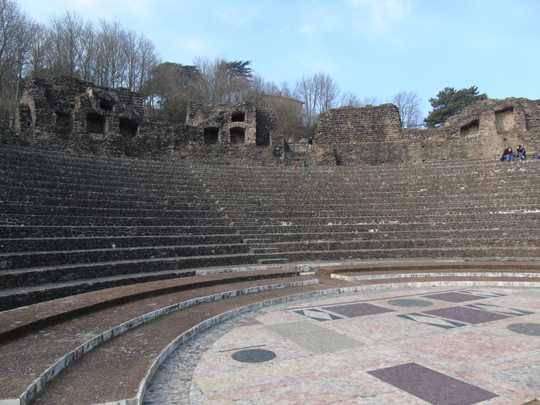
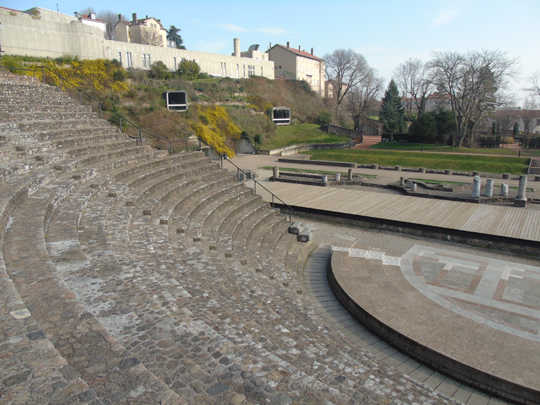
I am most enamored by Lyon’s Roman history as Lugndunum represented by the restored Theater and Odeon as well as the wonderful museum of Roman history built into the hill beside them
A highglight of Lyon’s museum is the Table Claudienne–the bronze tablet pronouncement by the emporer that incorporated the Gauls into the Roman Empire
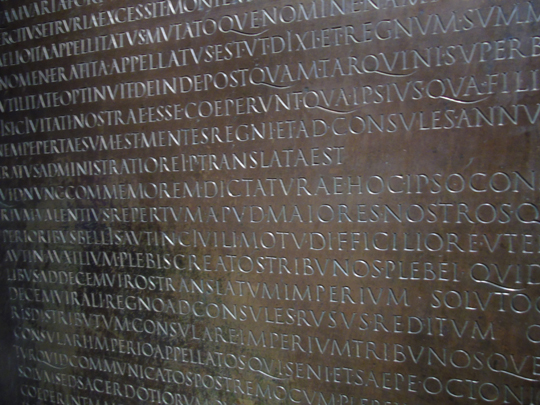
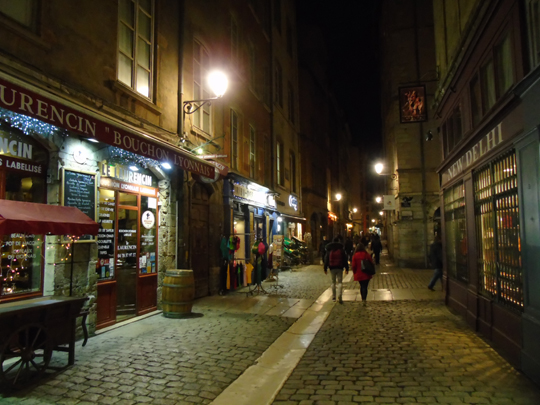
Another important part of the city is Vieux Lyon whose cobblestone streets contain its oldest buildings as well as traditional Lyonnais restaurants
The Presqu’ile between the rivers contains much of modern Lyon as well as its grand 19th century structures like those around Place des Terreaux
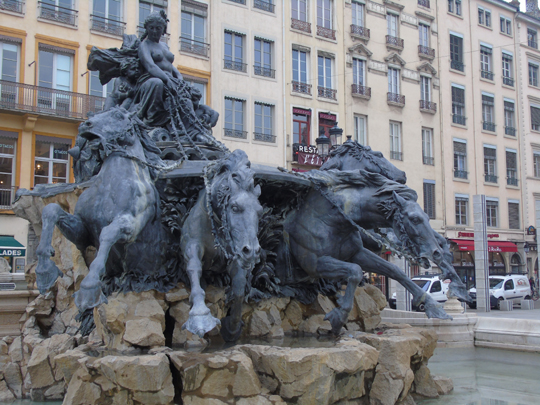
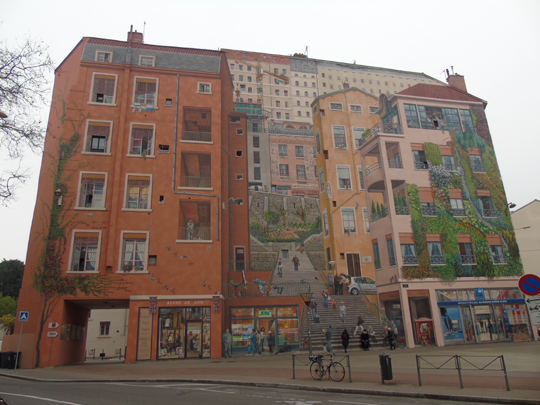
At first glance you may see a set of buildings but it is really just a trompe l’oeil painting called Le Mur des Canuts in Lyon’s Croix-Russe district
Views of the Rhône
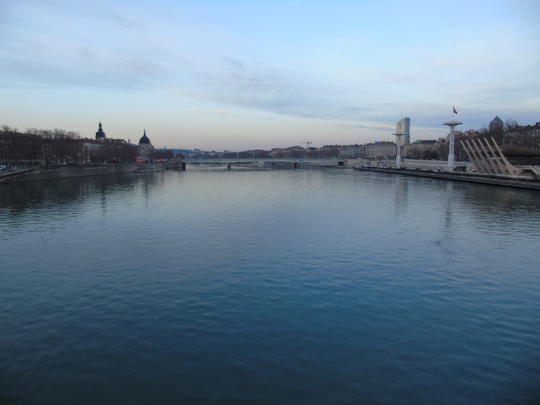
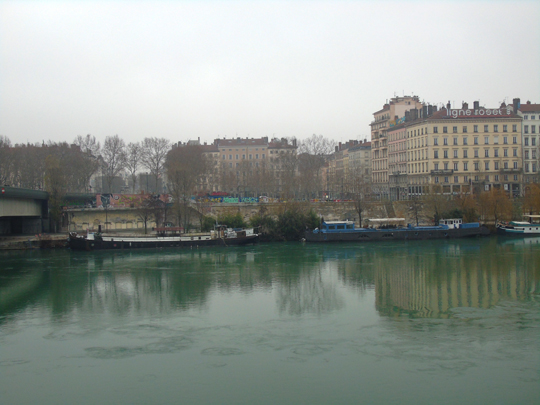
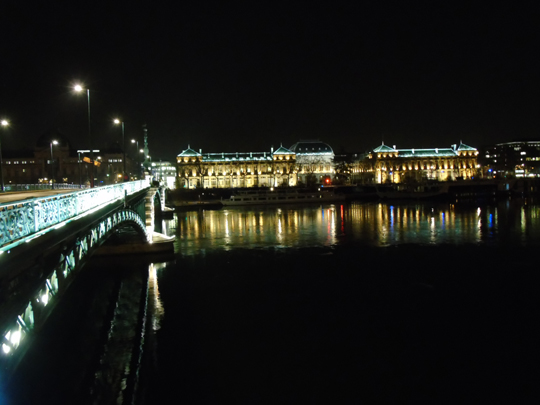
Lyon’s large urban park is called Parc de la Tete d’Or with lakes, green spaces, arbored pathways, and the city’s zoo and botanical garden
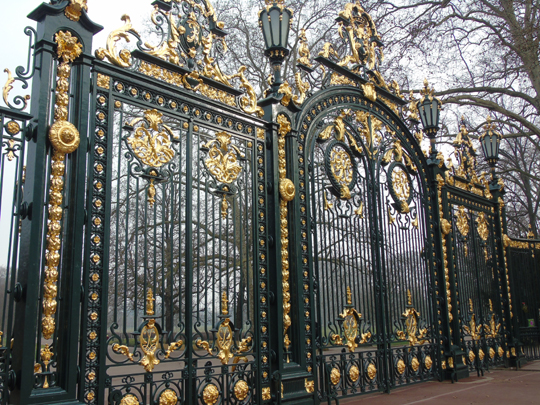
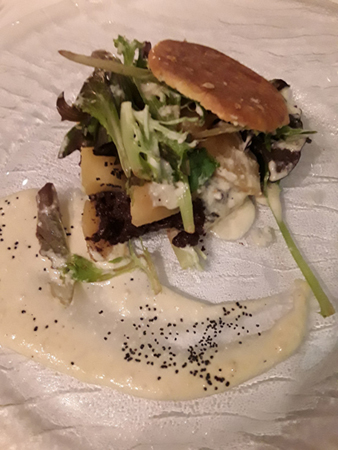
Some of the rich food in a ‘bouchon’, restaurants serving traditional Lyon meals:
Millefeuille de boudin noir, pommes caramélisés et crème de boudin blanc
Views of the city from La Fourviere
